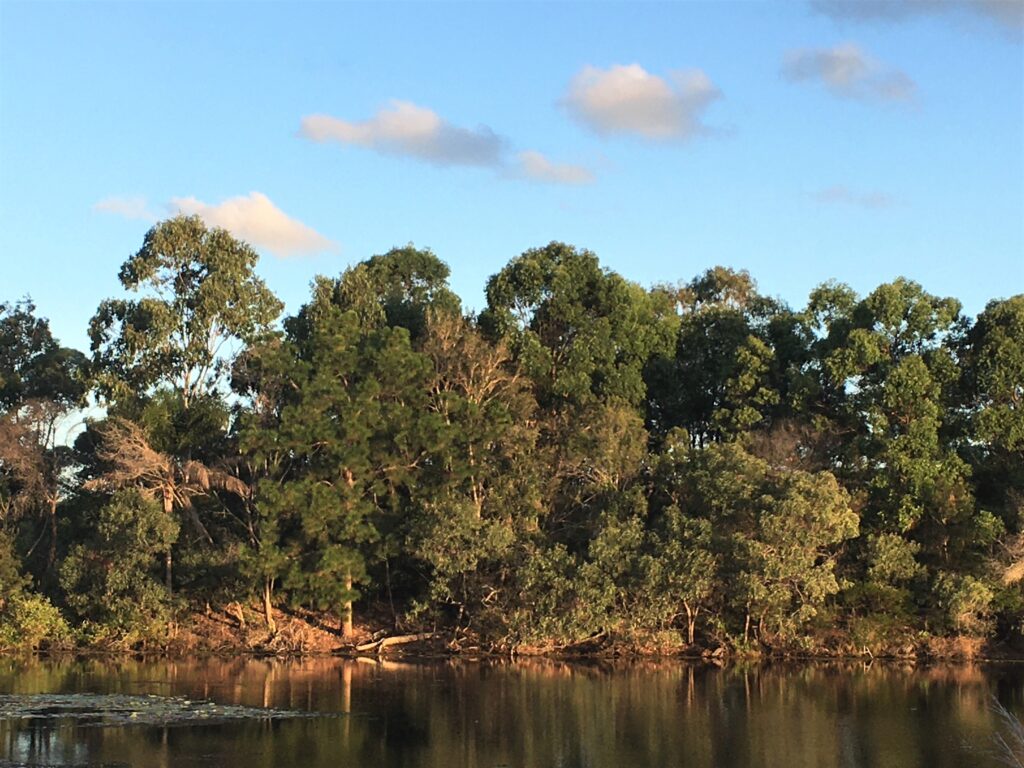What are the main differences between dzogchen and mahamudra?
There are differences in the lineage of transmission and in the skillful methods (Skt. upaya) of these two meditations.
But, if we are speaking of exactly what they are, there is no difference: both are practices leading to recognizing mind as it is.
The lineage of dzogchen, which in Sanskrit is mahasandhi and means “the great completion” or “the great perfection,” began with the teacher Garab Dorje, who passed it to Shri Singha, who passed it down from teacher to student.
The lineage of mahamudra, which in Sanskrit means “the great symbol,” or the “the great seal,” began with Saraha, who passed it to Nagarjuna, who passed it down to Shawari, and so forth.
The lineage of dzogchen that came to Tibet was mostly associated with the Nyingma lineage, while the lineage of mahamudra was mostly associated with the Kagyu lineage, with Marpa, Milarepa, Gampopa, and so on.
Both dzogchen and mahamudra are methods for meditating on the mind.
In the Kagyu lineage supplication we say “all thoughts are dharmakaya.” The guru can point out the nature of mind to us; in the mahamudra tradition, we then meditate in terms of that.
In the tradition of dzogchen, we make a distinction between mind (Tib. sem) and awareness (Tib. rigpa).
Rigpa has the connotation of knowing and recognizing, of having understood true nature; sem has the connotation of not having recognized the true nature.
So the technique or method of dzogchen is to separate sem from rigpa and, knowing that sem is not the true nature of mind, to come to rigpa, the knowing or fundamental mind.
In An Aspirational Prayer for Mahamudra composed by the Third Karmapa, Rangjung Dorje, there is a verse that says: “It doesn’t exist, even the victorious ones haven’t seen it. It is not non-existent because it is the basis of all samsara and nirvana. This is not a contradiction because this is the unity of the middle way. May we realize the true nature of mind, which is free from all limitations and extremes.”
Similarly, in An Aspirational Prayer for Dzogchen by Jigme Lingpa, there is a verse that says: “It doesn’t exist, even the victorious ones haven’t seen it. It is not nonexistent because it is the basis of all samsara and nirvana. This is not a contradiction because this is the unity of the middle way. May we realize the ground of dzogchen.”
So, we see that there is little difference between mahamudra and dzogchen.
Source: Thrangu Rinpoche. Essentials of Mahamudra: Looking Directly at the Mind. Wisdom Publications. Kindle Edition.

Dzogchen (Tib. dzogchen), literally, “great perfection”, is a meditation very similar to mahamudra, involving looking directly at the mind.
(Thrangu Rinpoche)
